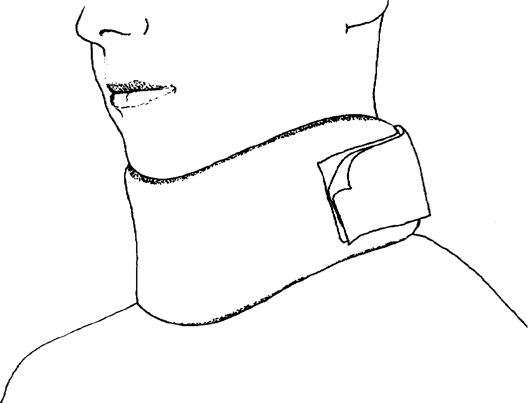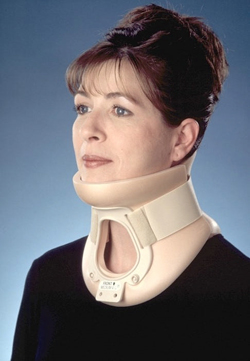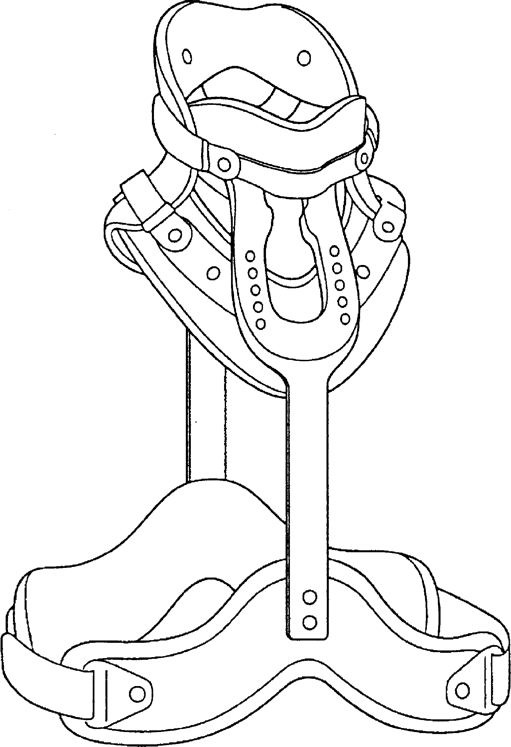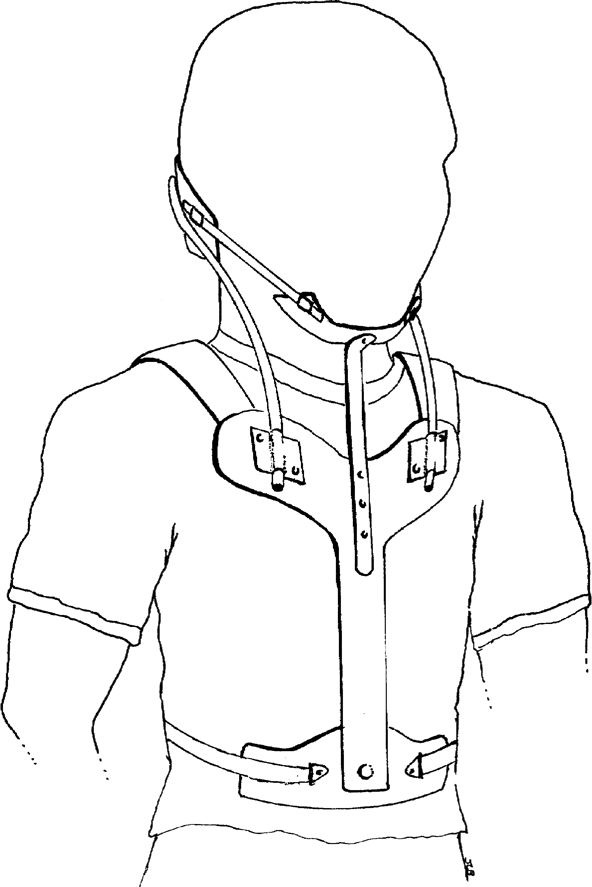
Spinal Orthoses
PTA 104 Orthopedic Dysfunctions Lab
Corsets and spinal orthosis can be an integral component of the physical therapy plan of care for spinal pain management. Spinal orthoses can be used during the acute (e.g., following surgery), subacute, and chronic stages of tissue healing and spinal rehabilitation.
PTs and PTAs recognize the effects of postural impairments on spinal pain. Optimal lumbar posture can be an important contributor to pain reduction, and orthoses can facilitate maintaining optimal posture.
A wide variety of orthotic designs, ranging from lumbosacral corsets to rigid thermoplastic thoracolumbosacral orthoses (TLSOs), meet this goal. For back pain with discogenic-mechanical etiology, useful orthoses include lumbosacral or dorsolumbar corsets, chairback or Knight LSOs, various commercially produced prefabricated LSOs, or custom-molded LSOs. For individuals with pain from stenosis or spondylolisthesis, the most commonly prescribed orthoses include lumbosacral corsets chairback or Knight LSOs, prefabricated LSOs, Raney or Williams Flexion LSOs, or custom-molded LSOs.
|
Acronym
|
Name
|
|
SIO
|
Sacroiliac orthosis
|
|
LSO
|
Lumbosacral orthosis Knight LSO for discogenic-mechanical pain Williams LSO for stenosis or spondylolisthesis |
|
TLSO
|
Thoracolumbosacral orthosis
|
|
CTLSO
|
Cervico-thoracolumbosacral orthosis
|
|
CTO
|
Cervical thoracic orthosis
|
|
Acronym
|
Name
|
Primary function |
Mode of Action |
|
SI belt
|
Sacroiliac belt |
Support SI joint
|
Mild lower abdominal compression
|
|
LS Corset |
Lumbosacral corset |
Reduce overall gross trunk motion |
Compresses abdominal tissue; decreasing axial vertebral load; reduce spinal muscle activity |
|
DL corset
|
DL corset (also known as thoracolumbar
|
Reduce overall gross trunk motion
|
Compresses abdominal tissue; decreasing axial vertebral load; reduce spinal muscle activity
|
|
Soft collar
|
Nonreinforced cervical collars made from foam or any low modulus material
|
Reduce overall gross cervical motion
|
Compresses cervical soft tissue; decreasing axial vertebral load; reduce spinal muscle activity
|



Describe in your own words how this featured brace depicts a 3 -point pressure system. Bring your response to lab for peer review discussion





Careful observation of orthoses components can often indicate which structures are receiving the greatest amount of stabilization. For example, by looking at this image, you should be able to name it: 
Take a look at this CTO and write down the points of contact for the rigid structures:  Note the 'U' Shaped rod which connects the occiput to the sternum. If tension was released in the 'U' rod, what limited motion(s) would become available? Based on the points of contact, do you suspect an upper cervical or lower cervical instability? What areas will you check for skin breakdown? What would be your primary indicator of signs/symptoms of misfit?
Note the 'U' Shaped rod which connects the occiput to the sternum. If tension was released in the 'U' rod, what limited motion(s) would become available? Based on the points of contact, do you suspect an upper cervical or lower cervical instability? What areas will you check for skin breakdown? What would be your primary indicator of signs/symptoms of misfit?

A halo vest/jacket is the only orthosis which completely limits cervical motion in all three planes. It can be used conservatively or post-operatively to insure adequate healing time for cervical stabilization. The head is stabilized by pressure pins inserted 1/8" into the skull above the lateral 1/3rd of the eyebrow and just posterior to the ear. PT/PTAs are involved in inspecting pin sites for signs and symptoms of infection and reporting findings to appropriate medical personnel. Pins may also loosen over time, shifting out of the skull or into dural tissue.  NEVER PULL ON THE HALO JACKET OR USE IT AS A POINT OF MANUAL CONTACT DURING FUNCTIONAL MOBILITY TRAINING. The anterior component of the jacket can be removed in supine for hygiene and for emergency medical procedures.
NEVER PULL ON THE HALO JACKET OR USE IT AS A POINT OF MANUAL CONTACT DURING FUNCTIONAL MOBILITY TRAINING. The anterior component of the jacket can be removed in supine for hygiene and for emergency medical procedures.
Custom molded or 4 point rigid orthoses may be used to prevent progression of scoliosis. Effective wear time ranges from 18-23 hours/day. In some cases where compliance is an issue, effects can be acheived through a night time wear schedule. Your text provides examples of orthoses used in scoliosis management.